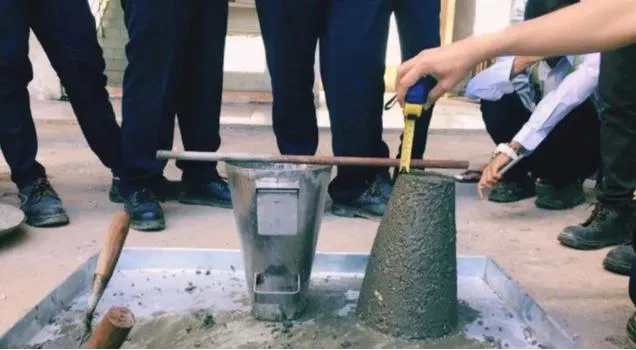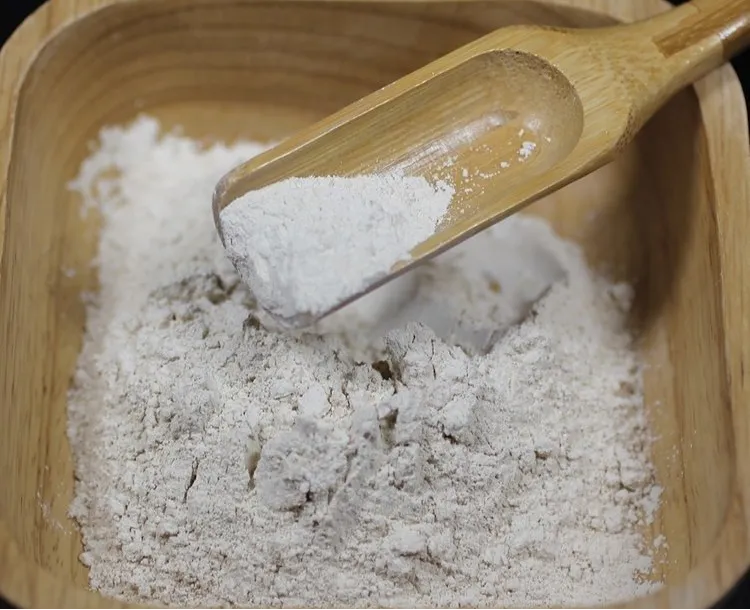
Advanced Water-Reducing Admixtures: Transforming Concrete Performance
Understanding Water-Reducing Admixtures and Their Types
In the modern construction industry, water reducing admixtures in concrete play a crucial role in optimizing the workability, strength, and durability of concrete. These chemical additives reduce the water content required for mixing while maintaining desired fluidity, leading to higher strength and reduced porosity in the finished structure. Among the various types of water-reducing admixtures, polycarboxylate-based products stand out due to their superior performance and environmental benefits.

One of the most commonly used admixtures is the polycarboxylate water reducer, which is considered a high-range water reducer or superplasticizer. It provides excellent slump retention, better dispersion, and increased flowability of concrete without compromising strength. This makes it especially effective in ready-mix and precast concrete applications.
The development of polycarboxylate concrete technologies has revolutionized the industry. Unlike traditional lignosulfonates or naphthalene-based admixtures, polycarboxylate-based products allow for greater control of rheology and workability over longer periods. This is especially valuable in large-scale or complex pours where maintaining consistent performance is critical.
A popular formulation in this class is the polycarboxylate ether superplasticizer, which is widely used for its efficiency at very low dosage rates. It provides excellent slump retention and dispersion capabilities, making it ideal for self-compacting concrete, high-performance concrete, and ultra-high-strength concrete. The abbreviation polycarboxylate ether superplasticizer PCE is often used to describe these advanced compounds.
Another version, known as PCE based superplasticizer, features customized side chains and molecular structures tailored for different types of cement and project requirements. These admixtures help improve workability, reduce segregation, and enhance concrete finish, offering a comprehensive solution for high-demand construction scenarios.

Application, Market Demand, and Industry Insights
The versatility of these admixtures is evident in their widespread use across infrastructure projects, commercial buildings, bridges, tunnels, and high-rise structures. By using a concrete additive water reducer superplasticizer, contractors can achieve reduced water-to-cement ratios while ensuring that the concrete remains workable and easy to place. This translates into lower shrinkage, higher early strength, and better durability over the life cycle of the concrete structure.
For applications requiring moderate strength and consistent flow without the need for high-range admixtures, a mid range water reducer is often employed. These admixtures strike a balance between strength enhancement and cost-effectiveness, making them suitable for mid-scale residential or commercial construction projects.
With growing demand and innovation, numerous manufacturers now operate dedicated PCE factory units for producing tailored admixture solutions. These factories often focus on customizing polycarboxylate ether structures to meet regional construction needs, cement compatibility, and environmental regulations. They also supply additives in both liquid and powder forms, supporting diverse project requirements.
To better understand industry standards and practical use cases, professionals often refer to water reducing admixtures examples, which include lignosulfonate-based reducers (low-range), naphthalene-formaldehyde (mid-range), and polycarboxylate-based (high-range and superplasticizer). Among these, polycarboxylates have become the gold standard for high-performance concrete due to their adaptability and superior results.
As construction trends shift toward sustainability, the use of polycarboxylate concrete admixture is expected to grow steadily. These admixtures not only improve mechanical performance but also reduce the carbon footprint of concrete by minimizing cement consumption and lowering energy requirements during production and application.
Product FAQs for Polycarboxylate Water Reducers
What are the different types of water-reducing admixtures used in concrete?
Answer:The main types of water-reducing admixturesinclude low-range (e.g., lignosulfonates), mid-range (e.g., modified naphthalene), and high-range superplasticizers like polycarboxylate ether superplasticizer PCE, which offer the best performance in high-strength and high-flow concrete.
What are the benefits of using a polycarboxylate water reducer?
Answer:A polycarboxylate water reducerprovides excellent water reduction, high slump retention, improved dispersion of cement particles, and enhanced concrete strength and durability. It is also compatible with various cement types and does not significantly delay setting time.
How is a PCE based superplasticizer different from traditional superplasticizers?
Answer:A PCE based superplasticizeruses advanced molecular structures for better performance, including longer workability, low dosage requirement, and higher water reduction compared to traditional naphthalene or melamine-based superplasticizers.
What applications are best suited for polycarboxylate concrete admixture?
Answer:Polycarboxylate concrete admixtureis ideal for high-performance concrete, self-compacting concrete, precast elements, and high-strength applications where consistency, durability, and long-term strength are critical.
What is a PCE factory and what does it produce?
Answer:A PCE factoryspecializes in manufacturing polycarboxylate ether superplasticizer formulations tailored to specific project needs. These facilities produce high-purity polymers that serve as the backbone for modern water-reducing admixtures in concrete.
-
Hydroxypropyl Starch as a Sustainable Construction AdditiveNewsNov.24,2025
-
The Gelation Properties of CMCNewsNov.21,2025
-
Redispersible Latex Powder and Water Retention CapacityNewsNov.21,2025
-
Dosage Control for Polycarboxylate Water ReducerNewsNov.21,2025
-
Film-Forming Properties of Polyvinyl AlcoholNewsNov.21,2025
-
The Function of Gypsum Additives in MortarNewsNov.21,2025





















